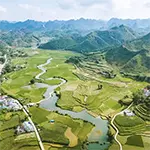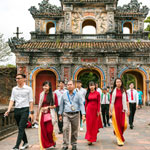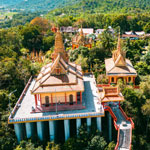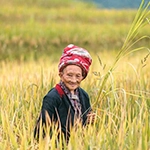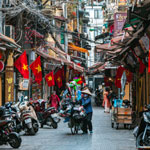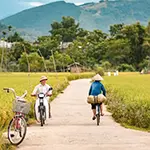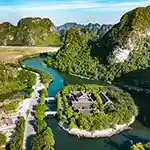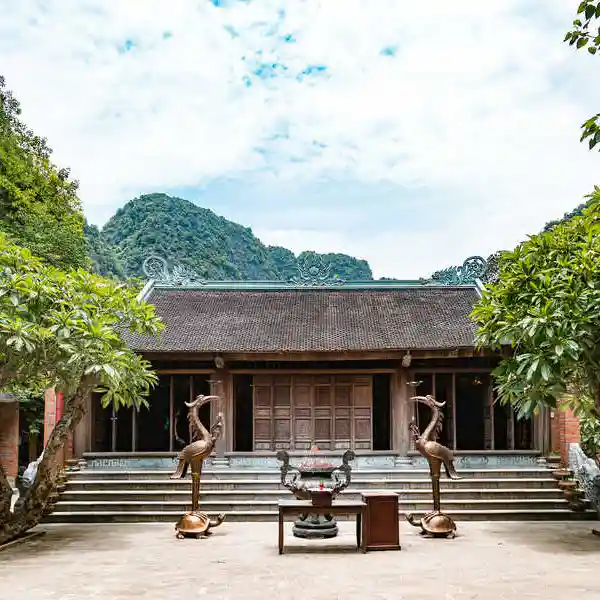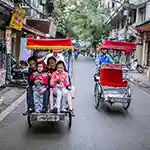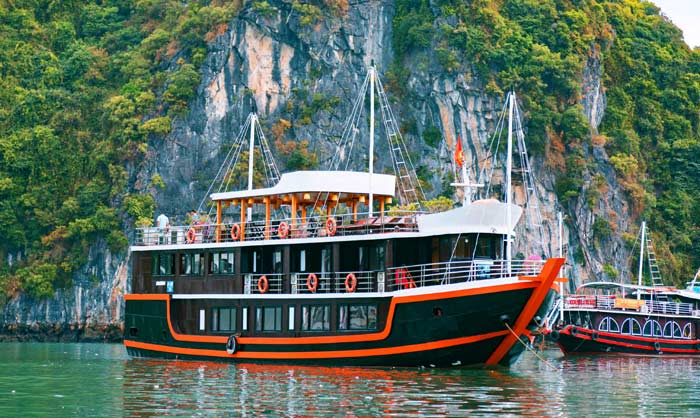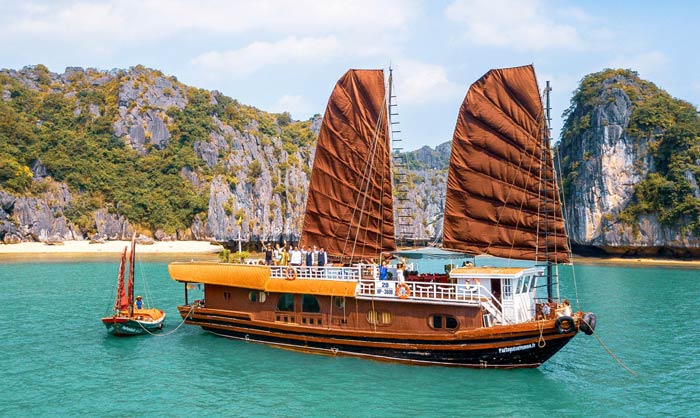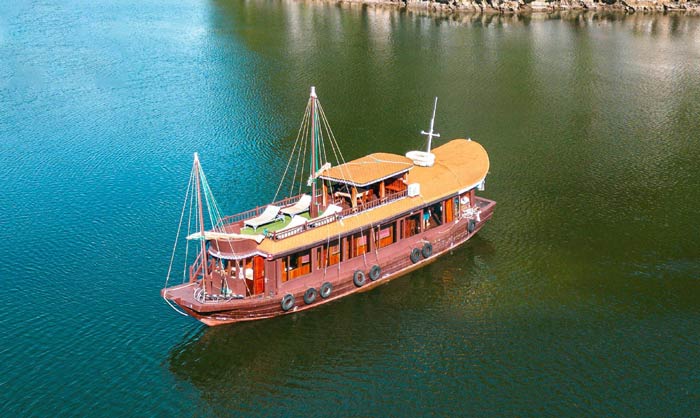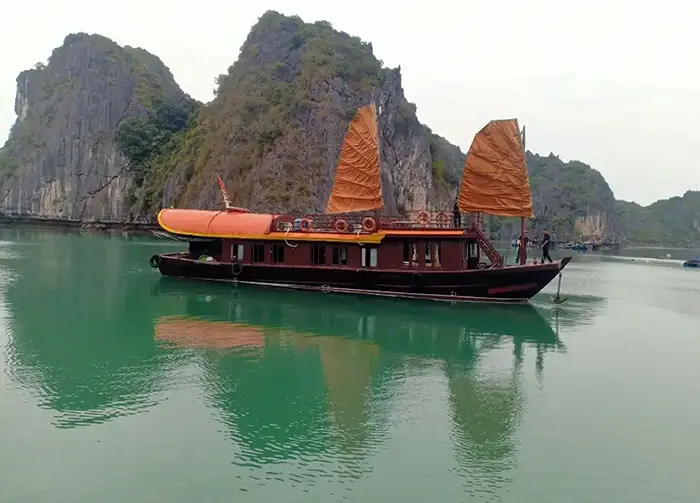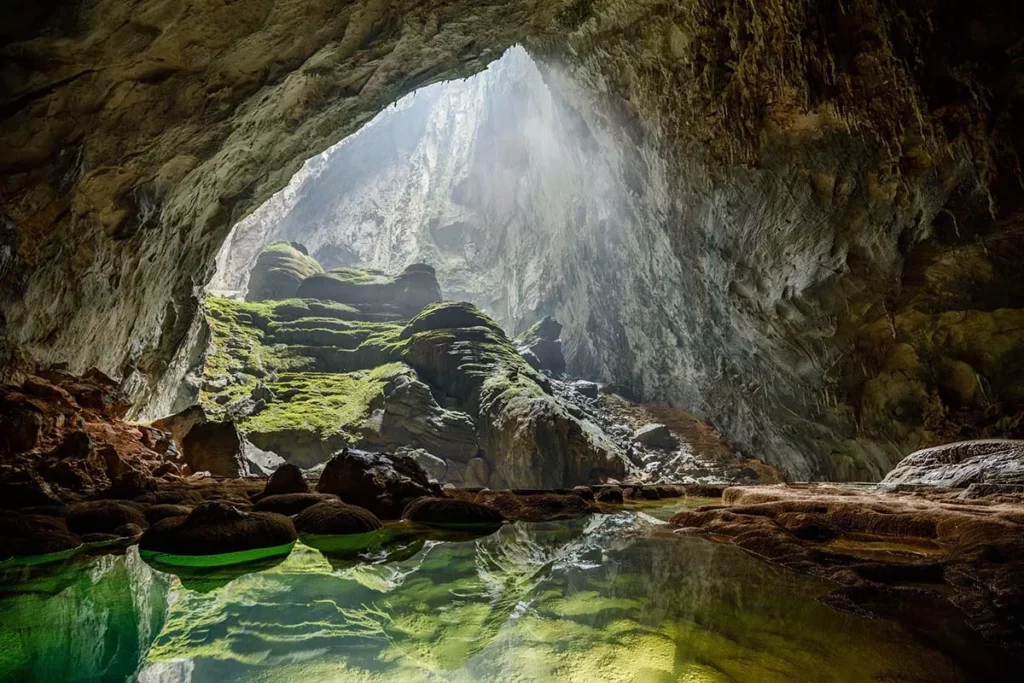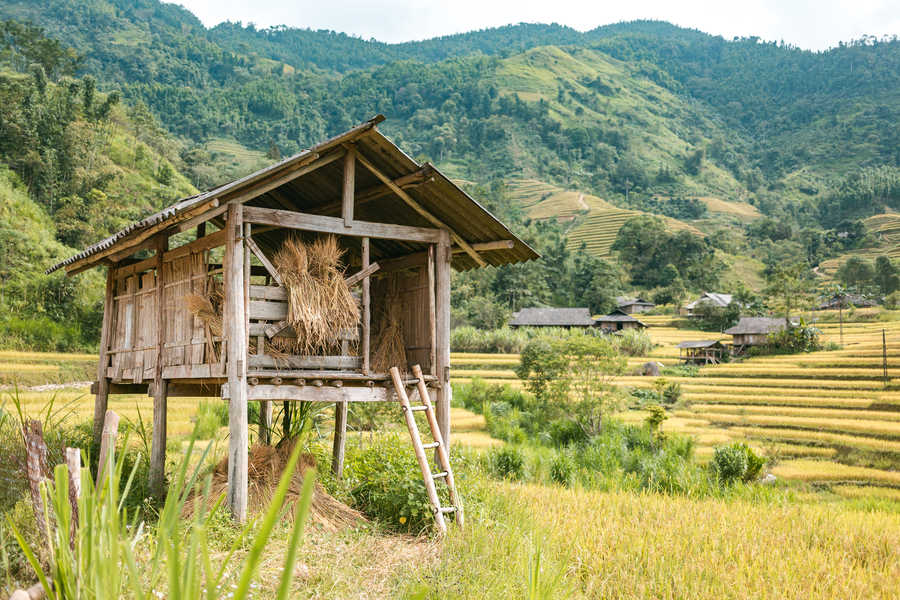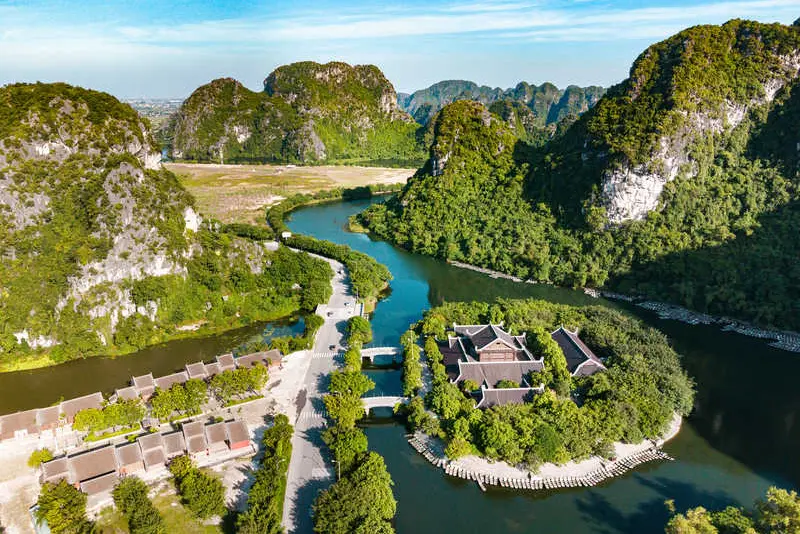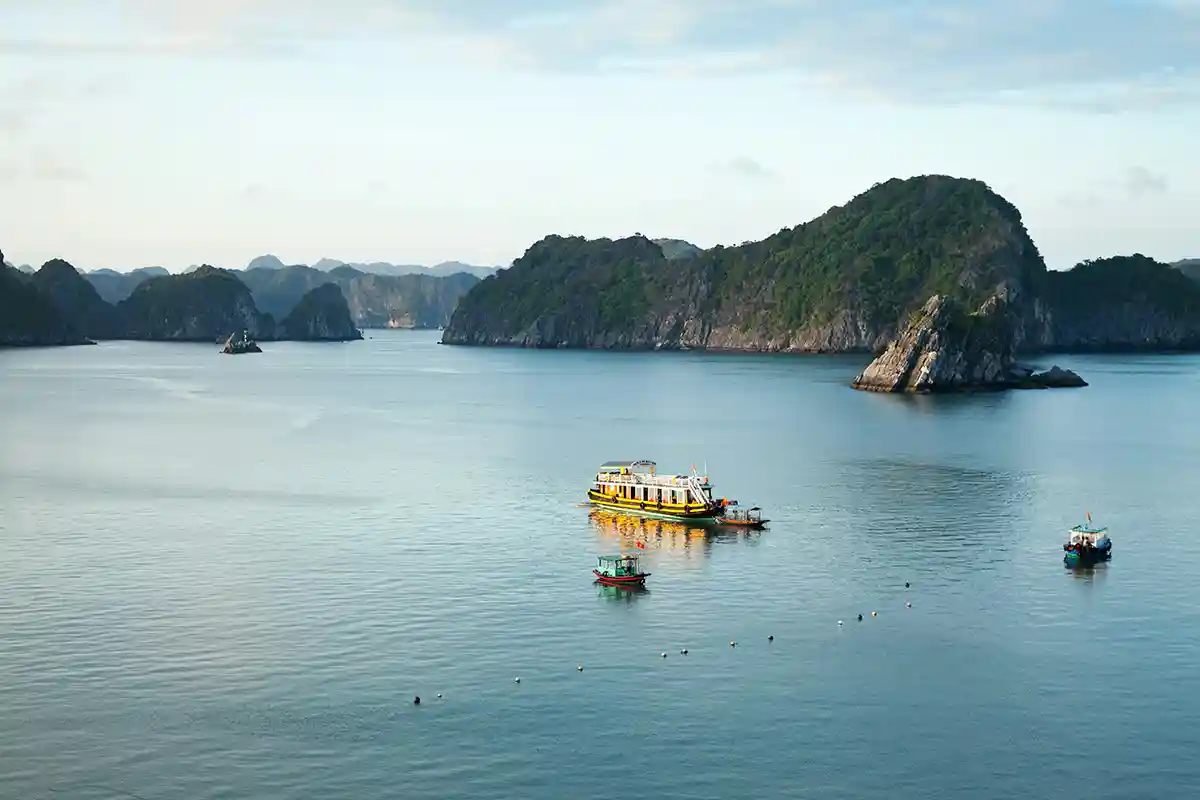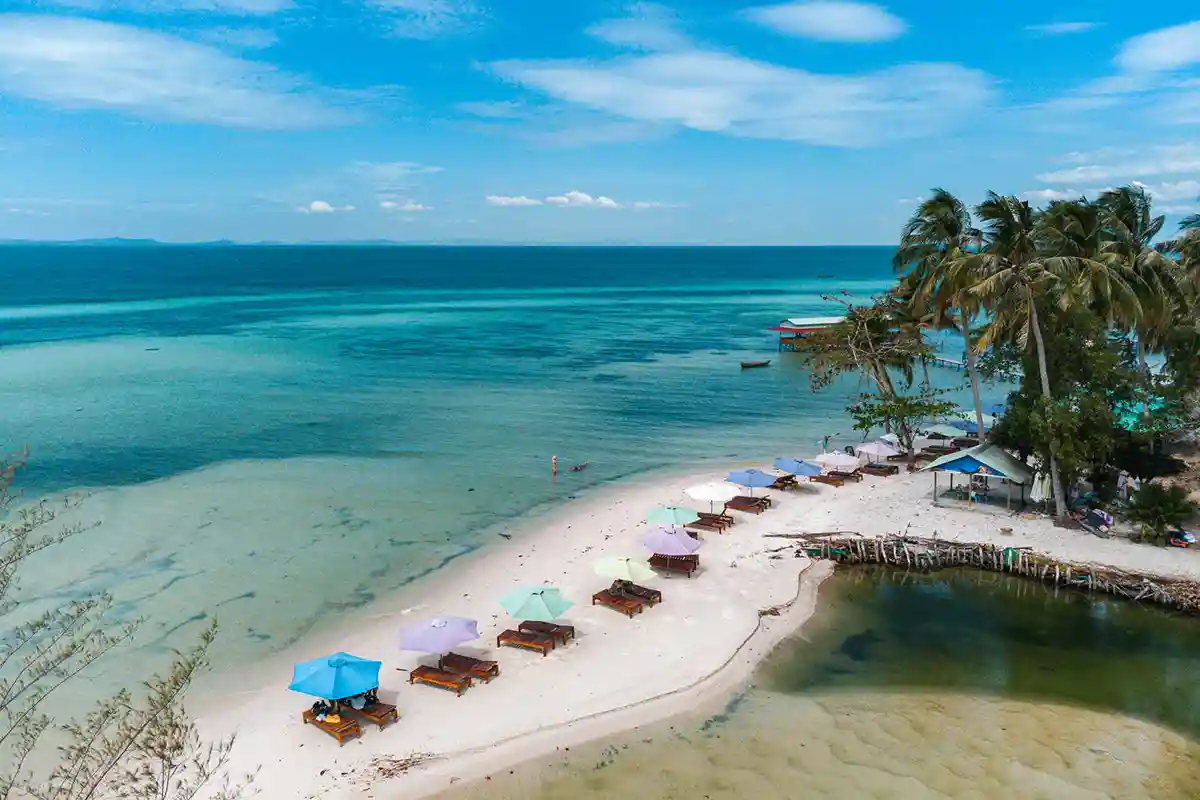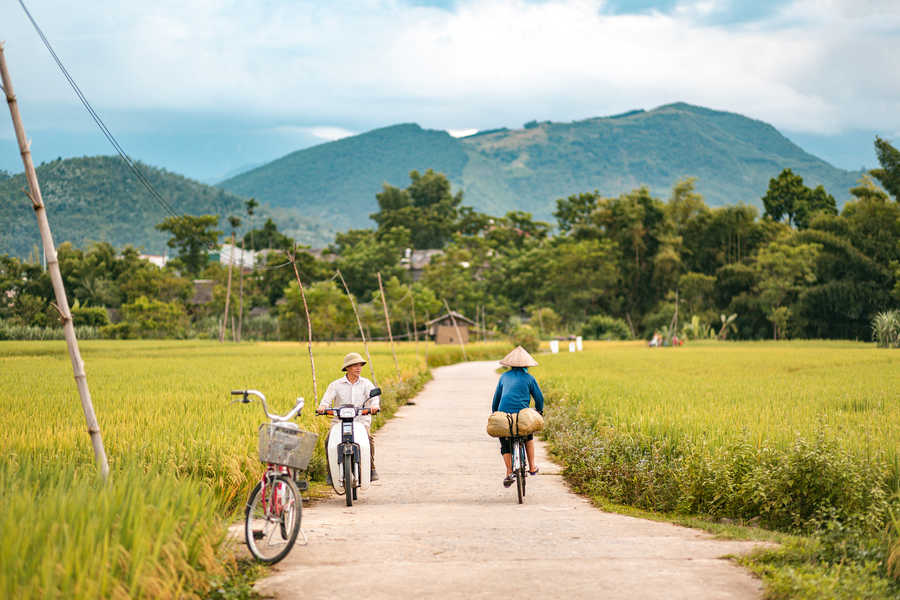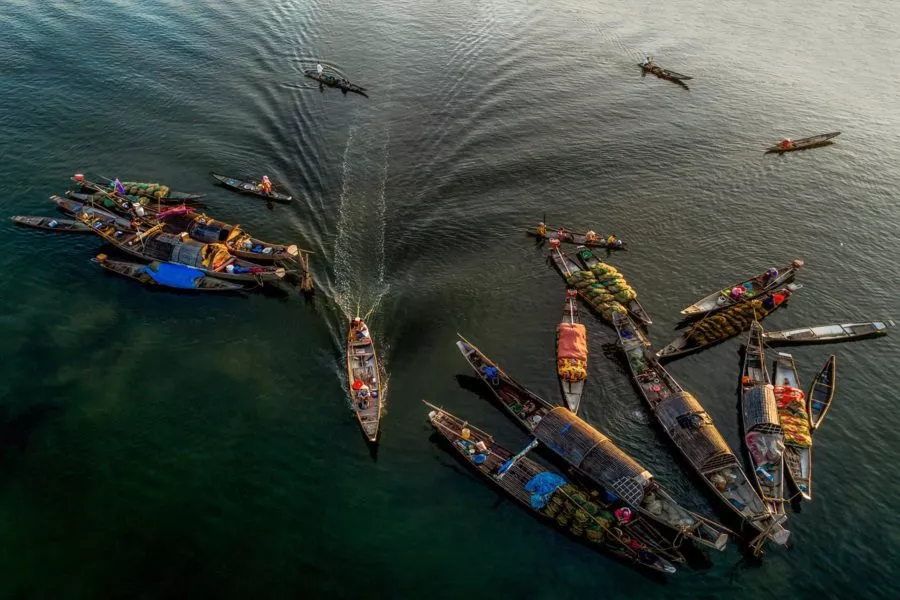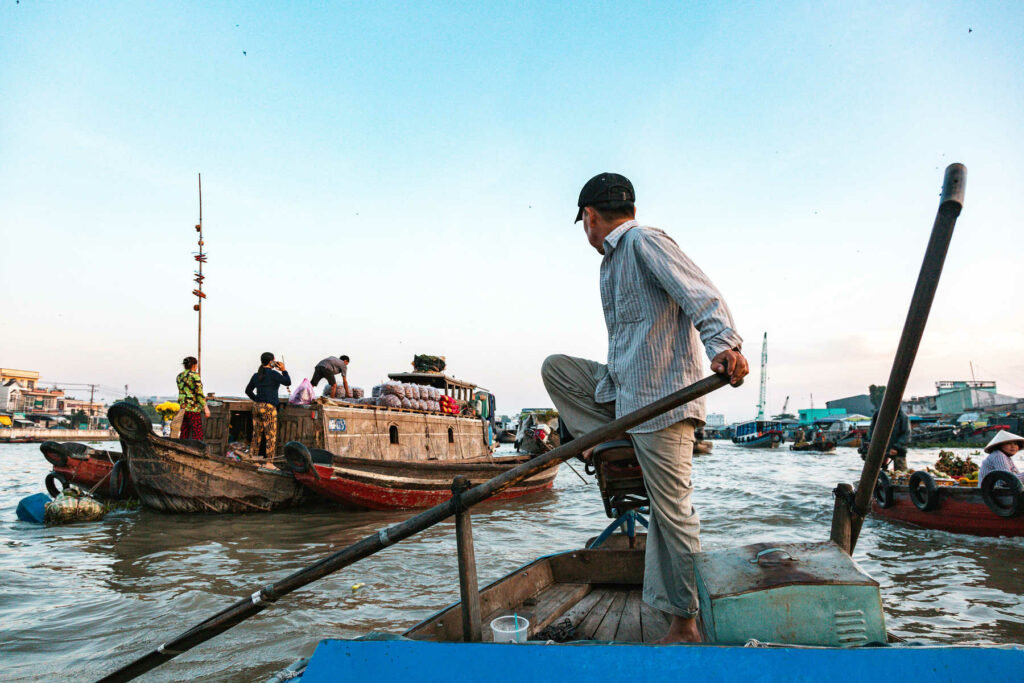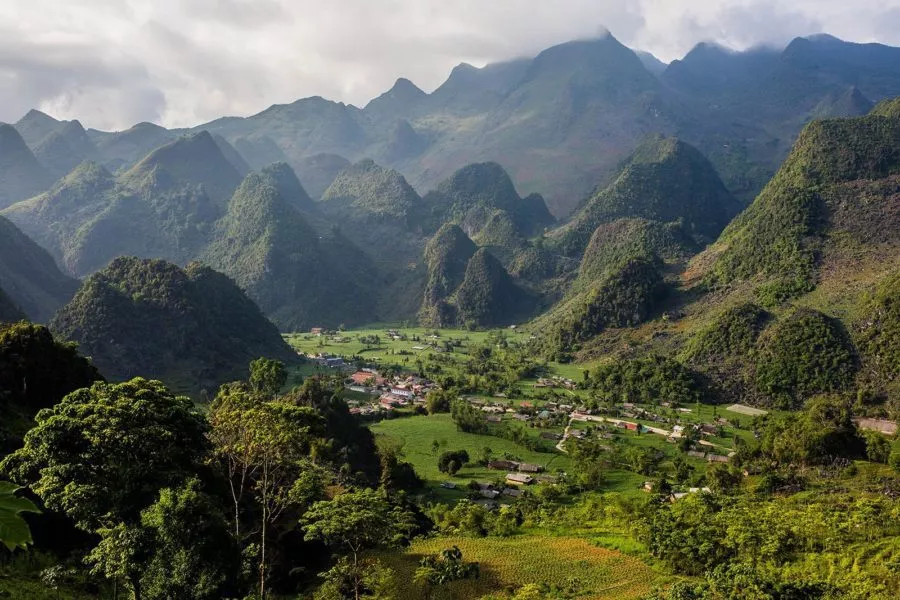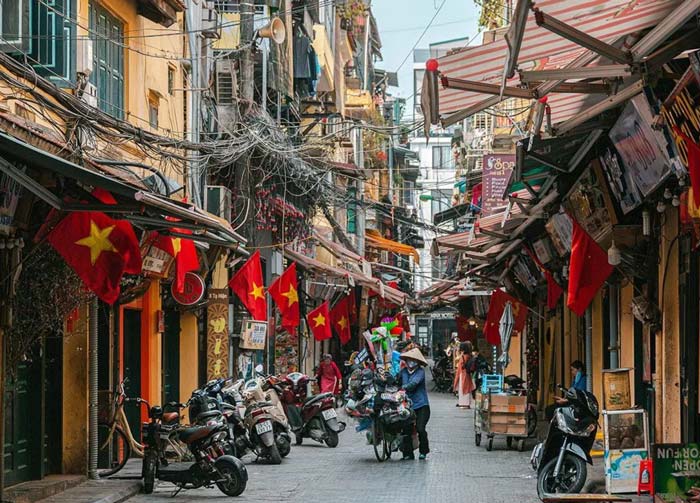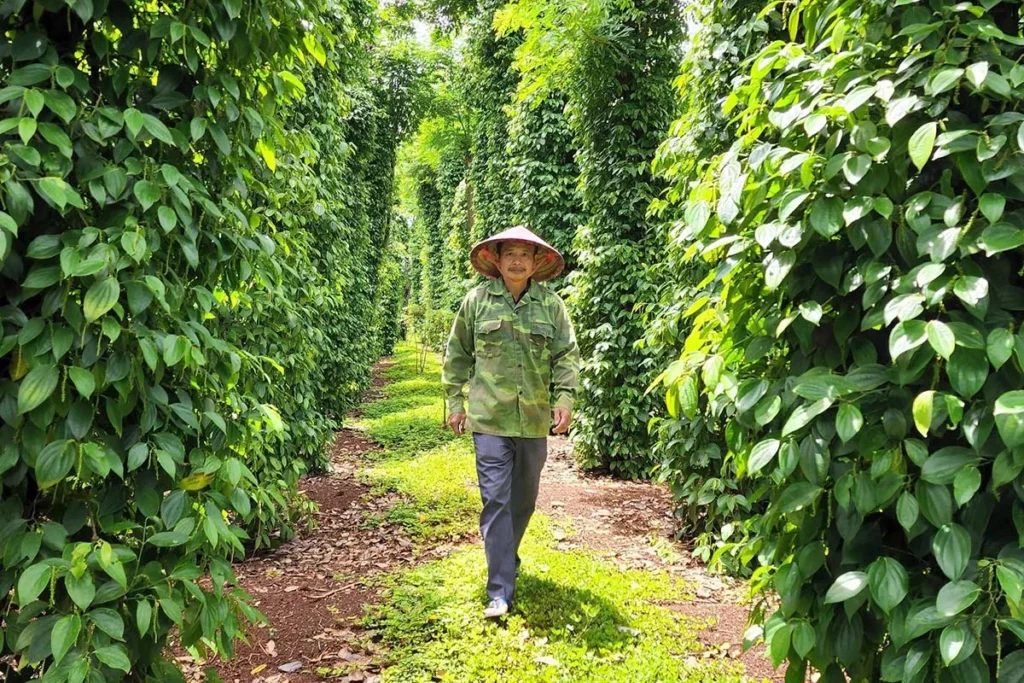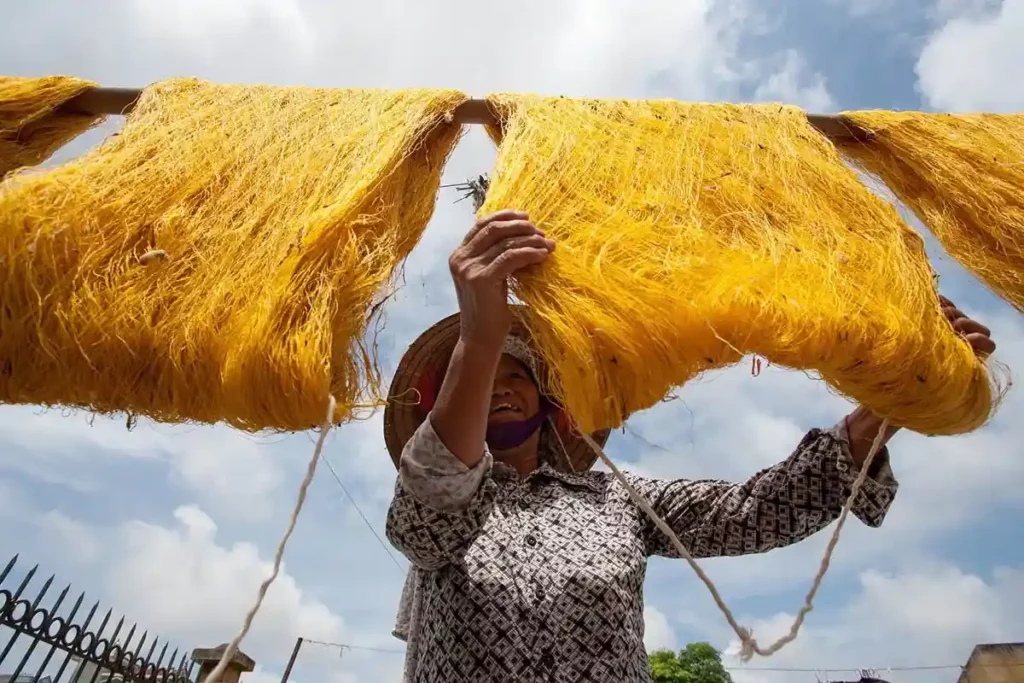Cambodia is an incredible destination for travelers who love exploring culture, with its ancient and magnificent temples. In this article, we provide information on the most beautiful temples in Cambodia, helping you make the best choices for your trip.
About the temples in Cambodia
Cambodia, with its rich Buddhist culture, is home to architectural masterpieces such as Angkor Wat, considered one of the greatest wonders of the world. Not only is Angkor Wat remarkable for its breathtaking beauty, but it also stands as a symbol of the Khmer people’s spirit and history.
In addition to Angkor Wat, Cambodia hosts many other temples rich in cultural and spiritual value. Wat Phnom, located on top of a hill, is a famous place of worship in Phnom Penh, attracting visitors with its beautiful scenery and peaceful atmosphere. Wat Ounalom, with its unique architecture, is not only a meditation center but also a guardian of precious cultural heritage.
Cambodia Temple
Wat Preah Keo Morokat, also known as the Silver Pagoda, stands out with its golden shine and finely carved Buddha statues. Meanwhile, Wat Langka offers a quiet space, ideal for those seeking inner peace.
Located north of Phnom Penh, Wat Sampov Pram impresses with its distinctive architecture and elevated location, offering magnificent views of the surroundings. Ta Keo Temple, one of the largest, reflects the grandeur and refinement of ancient Khmer art.
At Angkor Thom, visitors can admire its colossal walls and intricate carvings, making it an unmissable destination. Pre Rup Temple, with its ancient beauty and Buddha statues, is an ideal spot to enjoy a stunning sunset. Finally, Ta Prohm Temple, famous for its giant trees wrapping around the stone walls, offers a mystical and enchanting atmosphere, attracting all who wish to explore culture and history.
All these temples are not only places of worship, but also witnesses to a brilliant civilization, preserving Cambodia’s historical and spiritual values.
The most beautiful temples in Cambodia
Angkor Wat Temple
Angkor Wat is not only a complex of Buddhist temples but also the heart of Cambodia—a symbol of pride for many generations of its people. Built in the early 12th century during the reign of King Suryavarman II, Angkor Wat was originally a temple dedicated to Hindu deities. However, in the late 14th and early 15th centuries, under King Ang Chan, the site was transformed into a Buddhist worship center, with Hindu statues replaced by statues of the Buddha.
Throughout history, Cambodia has experienced many upheavals, including collapses and invasions from neighboring countries, which gradually led to the abandonment of the Angkor Wat complex. It was not until the 20th century that French explorers and researchers rediscovered the mysterious beauty of the site.
In 1992, Angkor Wat and other temples in the region were inscribed as UNESCO World Heritage Sites, honoring the grandeur and historical value of the complex. Today, Angkor Wat has become an iconic tourist destination, attracting millions of visitors from around the world and continuing to illuminate Cambodia’s cultural and historical landscape.
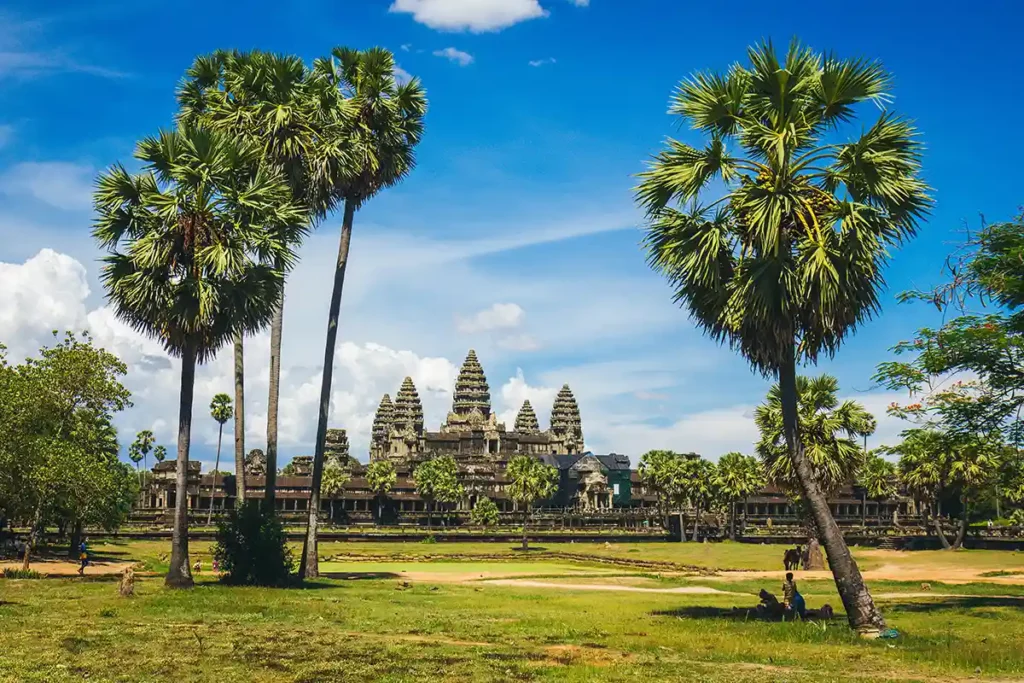
Angkor Wat
About 6 km north of the city of Siem Reap, the Angkor Wat temple complex stretches over a vast area of 400 km², surrounded by a wide and deep moat. This moat, which once served as protection, also creates a magnificent natural setting that enhances the majesty of the architectural constructions within.
Angkor Wat is the most iconic temple in the entire complex, with an architecture typical of the classic Khmer style. Built in the early 12th century during the reign of King Suryavarman II, the temple features refined details and pointed towers rising high into the sky, offering an impressive view from afar. Along with Angkor Wat, Angkor Thom and Bayon are also representative temples, famous for their gigantic statues depicting the face of Avalokiteshvara, illustrating the blend of religious art and exceptional engineering.
Each temple here has its own character, from the decorative stone motifs to the animated bas-reliefs depicting various aspects of Khmer life, epics, and spirituality. The massive stone blocks, stacked without mortar, testify to the craftsmanship and sophistication of ancient Khmer artisans.
In particular, the images of the Buddha, valiant warriors, lotus flowers symbolizing purity, and the carved scenes from the Ramayana and Mahabharata epics are executed with remarkable precision and dynamism. The walls and columns of the temples are not only solid foundations but also true works of art, telling the stories and legends of this land.
Angkor Wat is not just an architectural structure; it is a cultural masterpiece, a symbol of spirituality and art, attracting millions of visitors from around the world. When visiting Angkor Wat, you are not only admiring majestic beauty—you are also experiencing the soul and profound cultural heritage of Cambodia.
Angkor Thom Temple
Angkor Thom, known as the “Great City,” is the oldest and last capital of the Khmer Empire. Spanning 9 km², Angkor Thom was built by King Jayavarman VII nearly a century after Angkor Wat. Like Angkor Wat, Angkor Thom exudes a mysterious atmosphere that draws visitors in.
After reclaiming the capital from the Cham people, King Jayavarman VII launched a vast construction project during his reign, aiming to transform Angkor Thom into a majestic new capital. The entrance to Angkor Thom is impressive, flanked by two rows of divine statues holding seven-headed Naga serpents, stretching several hundred meters on each side of the gate.

Angkor Thom
The most iconic architectural feature of Angkor Thom is undoubtedly the Bayon Temple. Amid this landscape of ruins, with massive scattered stone blocks, you cannot miss the 256 stone faces smiling mysteriously from the 54 towers of the temple. At the heart of Angkor Thom, Bayon Temple stands with its four gates aligned with the cardinal directions. Just to the northwest lies the royal palace of Phimeanakas, from which an eastern road leads to another gate known as the “Victory Gate.” This makes Angkor Thom a symbol of two different historical periods.
Today, Angkor Thom is nothing more than a collection of ruins, overgrown with dense vegetation and vines, making it difficult to recognize the ancient city and its temples. The city has five entrances from the four cardinal directions, with Bayon Temple as the central point. Each gate (called a gopura) is topped with four giant faces, half-closed eyes gazing toward all horizons.
The southern gate is one of Angkor’s most recognizable landmarks. Along the pathway leading to the gopurams, two rows of stone statues, with 54 statues each, guard the entrance. The gods stand on the left and the demons on the right, totaling 108 mythological figures. Each holds a Naga serpent on its knees. At the beginning of the path, a massive nine-headed Naga statue spreads out like a fan, marking the start of your journey into this ancient city.
Wat Phnom Temple
Wat Phnom Temple, also known as Lady Penh’s Temple, is located in the heart of the capital Phnom Penh and was built in 1373. It is one of the oldest and most important temples in the city, attracting many pilgrims from across the country as well as international visitors. Situated near the Independence Monument, this temple is not only a famous tourist site but also a cultural and religious center for the people of Phnom Penh.
Wat Phnom rises 27 meters high, making it the tallest temple in the capital. From the top, you can enjoy a panoramic view of the bustling city below. In addition, you have the opportunity to ride an elephant to explore the surroundings, offering a unique and memorable experience.

Wat Phnom
Access to the temple is possible through two pathways, allowing visitors to explore the site in two different directions. Along the way, you will encounter statues of the Naga serpent and two lions—familiar symbols in Cambodian belief, often found in the temples of the Angkor complex.
The main part of the temple houses a statue of Buddha, while a pagoda to the west contains the remains of King Boliwat. At the back of the temple, the statue of Lady Penh is deeply revered, drawing many believers who come to pray. Next to Lady Penh’s statue stands a statue of the God of Wealth, a well-known figure in Chinese culture, reflecting the harmony between different cultural traditions.
Another notable feature is the white pagoda, rebuilt behind the statue of Lady Penh, which preserves the remains of King Ponhea Yat. The silhouette of this white pagoda stands out against the temple’s lush greenery, creating a beautiful and meaningful scene. Wat Phnom is not only a place of worship but also a symbol of Phnom Penh’s culture and history, and an unmissable stop on your journey through Cambodia.
Wat Ounalom Temple
Wat Ounalom Temple is located on Sisowath Quay, right along the beautiful Tonle Sap River. It is one of the oldest and most important temples in Phnom Penh. Built in 1440 during the reign of King Ponhea Yat, this temple is the center of the Maha Nikaya Buddhist sect in Cambodia and is home to many monks who play an essential role in the Buddhist community.
Strolling through the vast complex, you will discover several spaces such as the main sanctuary, a library, and monks’ living quarters. With its 44 uniquely designed buildings, Wat Ounalom attracts many visitors each year. The temple houses around 30,000 books of sacred texts and more than 500 monks who come here to study and train. These books are not only cultural treasures but also captivate those who enjoy delving into the world of Buddhism.
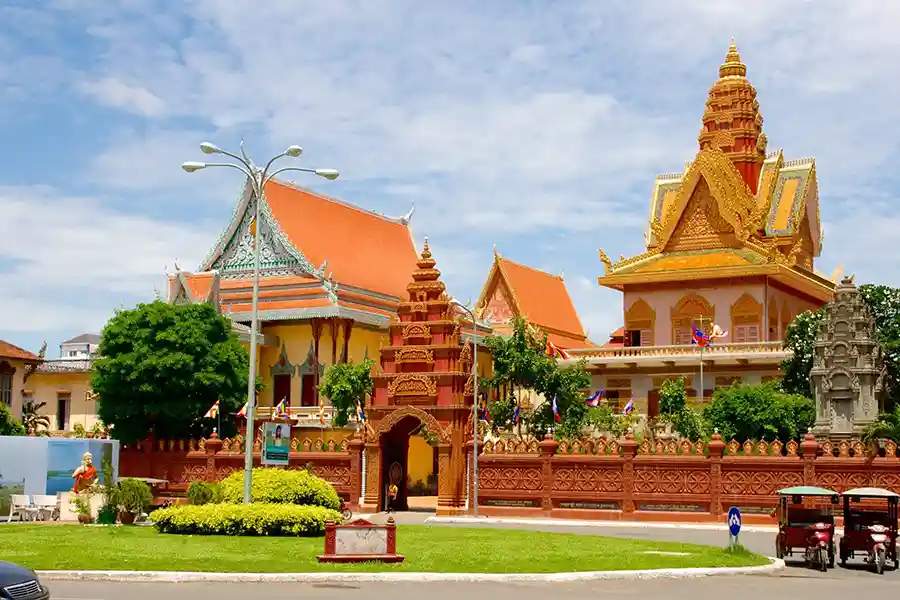
Ounalom pagoda
In addition to its cultural richness, Wat Ounalom preserves many ancient objects that create a feeling of peace and serenity. It is an ideal place to recharge and find inner calm after busy days. On the second floor, you will find the statue of Hout Tat, a symbol of the resilience of Buddhism. During the Khmer Rouge regime, many people suffered, including the Supreme Patriarch, whose statue was thrown into the Mekong River. Fortunately, after the fall of the regime, the statue was recovered and returned to its original place.
As you continue your visit, do not miss the marble Buddha statue on the third floor, which has been carefully restored after the destruction. While you are at Wat Ounalom, take the time to admire the Chetdai stupa located behind the main building. This stupa, which is more than 500 years old, houses the sacred relic of Buddha’s eyebrow—an invaluable spiritual heritage. Wat Ounalom is not just a temple; it is a warm, history-filled and culturally rich place that makes your visit to Phnom Penh even more memorable.
Wat Preah Keo Morokat Temple
Although Cambodia does not have as many tourist attractions as some other countries, it is rich in unique temples, among which Wat Preah Keo Morakot—also known as the Silver Pagoda—stands out. This sacred site embodies the spiritual beauty of the land of temples.
The Silver Pagoda gets its name from a precious emerald statue, often called keo Morakot by locals. Westerners, on the other hand, call it the Silver Pagoda because of its floor, which is covered with 5,329 silver tiles. The temple houses an impressive collection of 1,650 artworks, mainly Buddhist statues made of gold, silver, and other precious materials. Some of these statues are even adorned with diamonds, donated by the king, the royal family, and other wealthy benefactors.
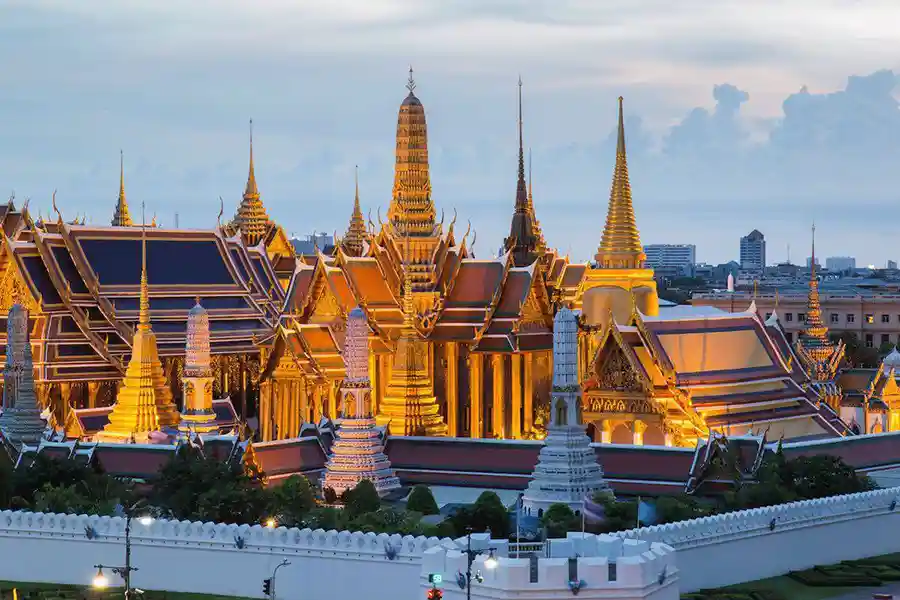
Wat Phra Kaew
Inside the main sanctuary, you can admire a 90-kg gold Buddha statue decorated with 9,584 diamonds. In addition, a majestic emerald Buddha statue stands about 30 meters high, adding to the splendor of the site.
The pagoda is surrounded by four walls forming a covered corridor over 642 meters long. On these walls, a series of frescoes illustrates classical epics, particularly the Indian Ramayana (Reamker), with panels reaching up to 3 meters in height. Unfortunately, some parts of these frescoes have been damaged over time.
Visiting Wat Preah Keo Morakot is like immersing yourself in a world where art and spirituality meet, making this temple a must-see for anyone wishing to discover the cultural and historical richness of Cambodia.
Wat Sampov Pram Temple
Wat Sampov Pram, also known as the “Pagoda of the Five Boats,” gets its name from five large stones resembling sailing boats heading toward the sea. Located on the Bokor Plateau, this site is an ideal tourist destination when visiting Cambodia.
At an altitude of 1,075 meters above sea level, the Bokor Plateau enjoys cool weather all year round, offering vast panoramas of greenery, wind, and clouds. The pagoda was built in 1924 during the reign of King Monivong, allowing him to come and pray and meditate during his visits to Bokor.
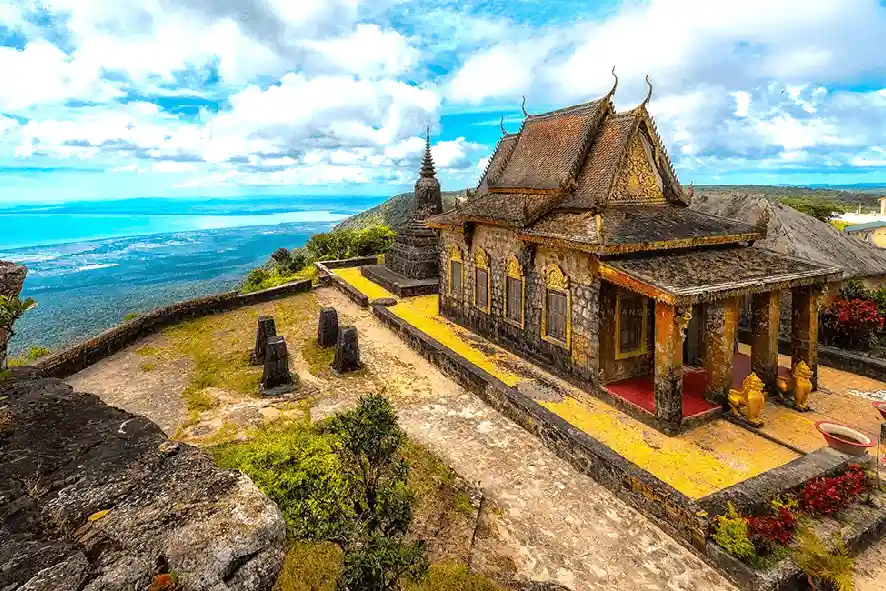
Wat Sampov Pram
According to local legend, a prince named Preah Thong, who did not receive affection from his father, decided to leave everything behind to explore the world. During his travels, he met and fell in love with Princess Nagani, who came from the underwater kingdom. Soon after, the princess brought him to meet the Dragon King to ask for her hand. Delighted, the king agreed to their union. Seven days later, the couple left the sea to travel the world and establish their own kingdom.
The Dragon King offered the couple five boats filled with treasures and accompanied by a retinue of servants. They chose to establish their kingdom on the Bokor Plateau. Preah Thong is often considered the father of Khmer civilization.
In contrast to the opulence of the Silver Pagoda (Wat Preah Keo Morakot), the Pagoda of the Five Boats offers a space of tranquility and serenity. The cool climate of the Bokor Plateau makes it pleasant to visit at any time of the year. In summer, you can relax and enjoy the refreshing breeze, while in spring, visitors often come to discover Cambodia’s historical culture and enjoy a memorable stay. Many people also come to the pagoda to meditate and cultivate their spiritual and physical well-being.
Pre Rup Temple
Pre Rup Temple is one of the emblematic monuments of the Angkor complex, located in Siem Reap Province, about 25 km from the city center. Built between 961 and 962 during the reign of King Rajendravarman, this temple is dedicated to the deity Shiva and features the architectural style of a temple-mountain, using materials such as brick, laterite, and sandstone.
At the center of the temple stand three majestic towers, similar in appearance to those of Angkor Wat. However, the grey sandstone used here is less durable than the red sandstone used in other structures, causing many of the temple’s carved details to fade over time due to harsh weather conditions.
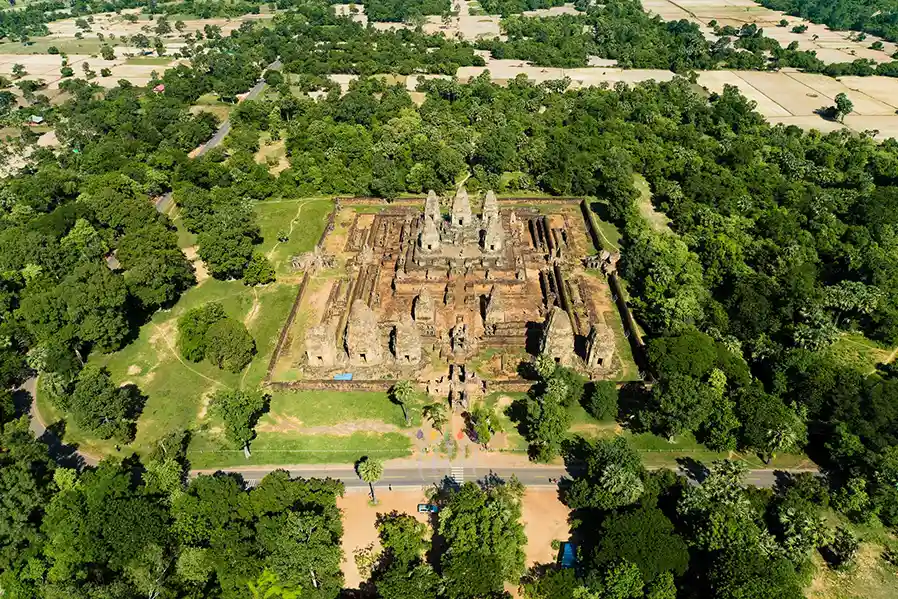
Pre Rup Apsara
Climbing the twelve meters of the tower, you can enjoy a panoramic view of the surrounding forest. The landscape, whether at sunrise or sunset, is particularly enchanting. It is important to note that the steps are quite high and steep, providing an interesting challenge for those wishing to explore Pre Rup Temple.
The temple is surrounded by four walls forming a square, and a set of five towers was built in the same shape and architectural style, with a square base and the central tower above. The ashes of Cambodian royalty are placed in these towers after their death. Additionally, the temple contains a library to document its history and preserve records about its beliefs.
Around the temple, you will find twelve stone lions adorned with intricate carvings, creating a solemn and mysterious atmosphere. Visiting Pre Rup Temple allows you to admire unique architecture while experiencing the depth of Cambodia’s culture and history.
Travel Notes
When visiting a temple, it is important to dress modestly. Avoid clothing that is too low-cut or too short, as these places are sacred. A good option is to wear long-sleeved shirts and long pants, paired with strapped sandals or comfortable shoes to facilitate movement around the temple grounds.
During your visit, please do not touch the displayed Buddha statues, as this is considered disrespectful. Also, maintain cleanliness and protect the temple’s communal property. This demonstrates respect for the sacred site and ensures a better experience for future visitors.
The best time to admire the temples’ beauty is early in the morning. When the sun has not yet risen, the atmosphere becomes mysterious and magical, immersing you in an enchanting world. Architectural details and the surrounding environment are more clearly revealed in the soft morning light, making for excellent photos.
If you wish to save on travel to the temple, a moto-taxi is an ideal option. It is a flexible mode of transportation, perfect for those who want to move quickly. For a more comfortable experience, a tuk-tuk is an excellent alternative, affordable and relaxed. When using a tuk-tuk, make sure to agree on the price in advance and negotiate clearly before getting on to avoid confusion later. This way, you can enjoy a pleasant, hassle-free journey to the temple.
We hope the information shared above helps you prepare for a wonderful vacation. If you have any questions, do not hesitate to contact us to organize your discovery of Cambodia and its magnificent temples.

